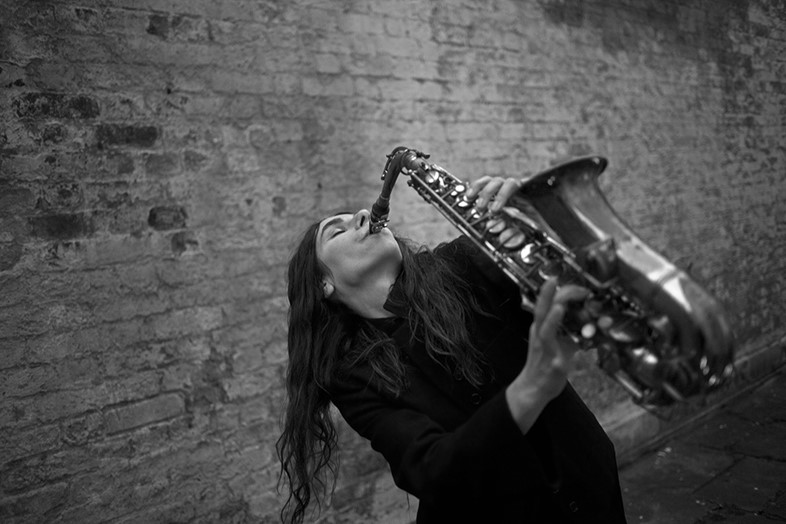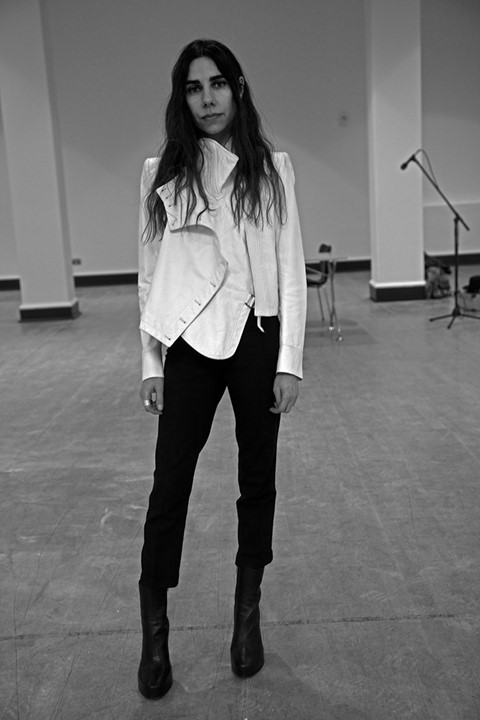To coincide with her ongoing exhibition at Somerset House, PJ Harvey discusses the importance of recording spaces in her work
"Recording spaces are hugely significant for me. The acoustics of a particular space are inevitably captured in the sound of the recordings – but more than that, the resonance of the building on a different level – its atmosphere, its character. We made the last album, Let England Shake, in St. Peter’s Church in Eype, Dorset. It is magical, on a clifftop looking over the sea, battered by the wind, surrounded by graves and bent trees. There was something very special about that place and you can hear it on those recordings. We felt it every day. The magic of that building graced every note.
To Bring You My Love was made in one of the old Townhouse recording studios, no longer in use, near Battersea Power Station. Again, I can hear that room, I can hear the journey that we would take every day, driving past that beautiful power station. I can hear that place on those recordings, in my singing, and affecting everything we played. That’s why I choose where I’m recording really carefully."

Brian Eno once noted that in the 1960s, when the recording studio took off as a key tool in the music making process, it was "the kids from art school who knew how to use it, not the kids from music school. Music students were all stuck in the notion of music as performance, ephemeral. Whereas for art students, music as painting? They knew how to do that." Of course nowadays, all musicians are obliged to feel at home in the studio, but it was very much this attitude that informed British musical icon PJ Harvey in her radical decision to record her ninth studio album in the basement of Somerset House, allowing the general public to observe the process.
Harvey – who before launching her music career had plans to become an artist – describes her song writing method as a very visual thing, "as if it were a scene from a film or a painting. I can see the colours, I can tell the time of day... everything in that picture. It's just a matter of getting it down on a piece of paper and then performing it as a song to capture it." And indeed, for visitors to the space – an austere architectural installation with one-way glazing – peering voyeuristically into the brightly lit studio while Harvey and her musicians and producers experiment with an array of intriguing instruments and equipment, paying witness to this "sculpting in sound", is just as mesmerising as the best of visual art shows.
On her side, Harvey, a stickler for interesting recording spaces, feels that the rich history of Somerset House will imbue her album – inspired by her trips to Kosovo and Afghanistan and Washington – with a particular atmosphere. "It will fuel me and help me tap into a different level of consciousness," she says. "It's about letting in the surroundings and being open to everything that’s ever gone on in and around the space.”
PJ Harvey Recording in Progress, presented by Artangel, is at Somerset House now.
